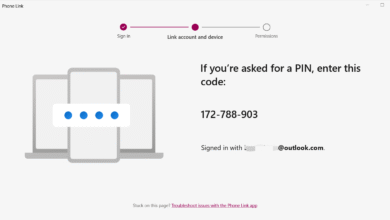When Is the Best Time to Replace an 18650 Battery?

The 18650 battery, a cornerstone of rechargeable lithium-ion technology, finds its place in a variety of applications, from powering high-performance flashlights to being an essential component in electric vehicles and portable electronics. Known for its robust energy density and longevity, the 18650 battery stands out as a reliable power source. However, like all rechargeable batteries, it has a finite lifespan and will eventually need replacement. Knowing when to replace your 18650 battery can ensure your devices continue to function efficiently and safely.
Signs It’s Time for a New 18650 Battery
- Reduced Performance: The most noticeable sign is a significant drop in performance. If your device doesn’t last as long as it used to on a full charge, it’s a clear indicator that the battery’s capacity has diminished.
- Longer Charging Times: As 18650 batteries age, they may take longer to charge. If you notice a marked increase in charging duration, it’s likely the battery is approaching the end of its useful life.
- Physical Damage: Swelling, leaking, or any damage to the battery’s casing can be dangerous. These are immediate signs that the battery should be replaced to prevent potential harm.
- Voltage Drops: Advanced users who measure the voltage of their batteries might notice lower voltage levels even after a full charge. This indicates a decline in battery health.
- Age: Even if you haven’t noticed a significant performance drop, it’s recommended to replace 18650 batteries after 2 to 3 years of regular use. Over time, chemical aging can affect even unused batteries, reducing their effectiveness and safety.
Maximizing Your 18650 Battery Life
To extend the lifespan of your 18650 battery and delay replacement, consider the following practices:
- Avoid Extreme Temperatures: Store and use batteries away from extreme heat or cold, which can accelerate degradation.
- Partial Discharges: Instead of letting your battery discharge completely, try to recharge it when it reaches 20-30% capacity.
- Proper Storage: If not in use for extended periods, store your 18650 battery at a 40-60% charge in a cool, dry place.
Conclusion
Understanding when to replace your 18650 battery ensures that your devices remain reliable, efficient, and safe. By recognizing the signs of battery wear and adopting practices that extend battery life, you can get the most out of your 18650 batteries, maintaining their performance for as long as possible. Remember, timely replacement not only contributes to the longevity of your electronic devices but also to your safety and the safety of those around you.
Also, read more: What Are the Risks of Investing in FintechZoom Google Stock?



